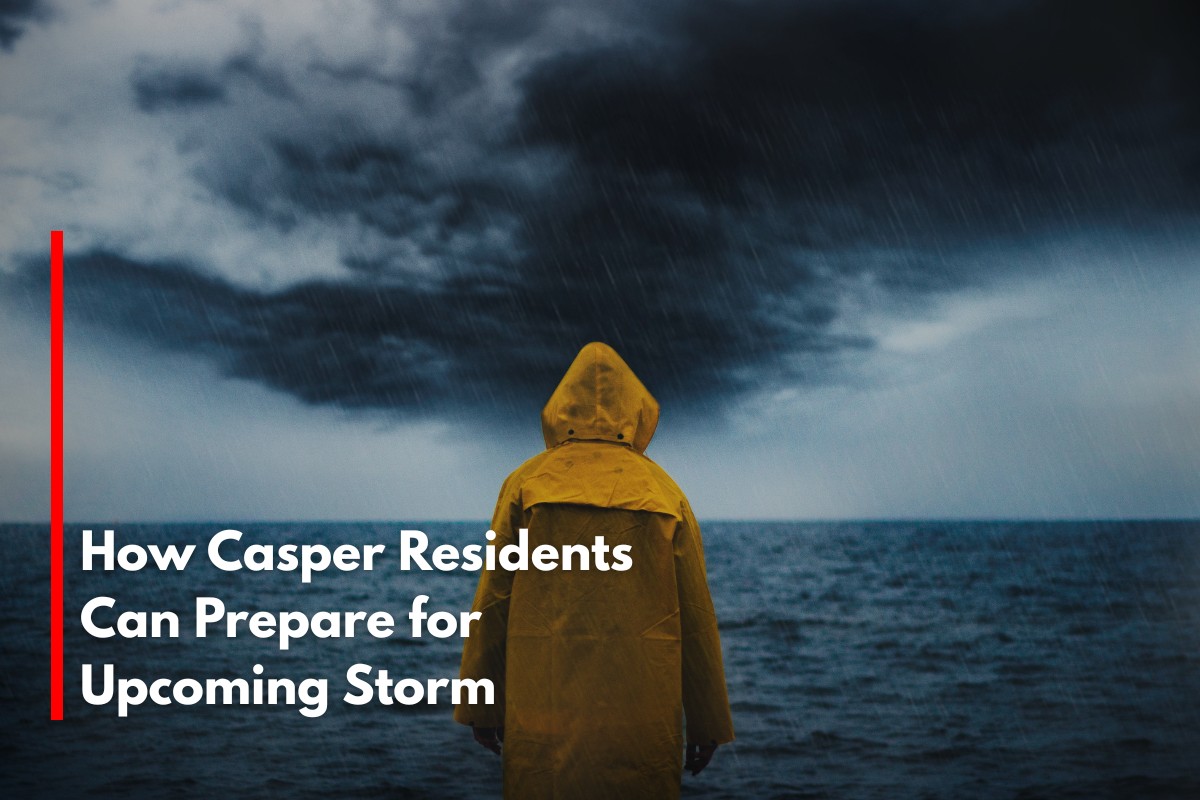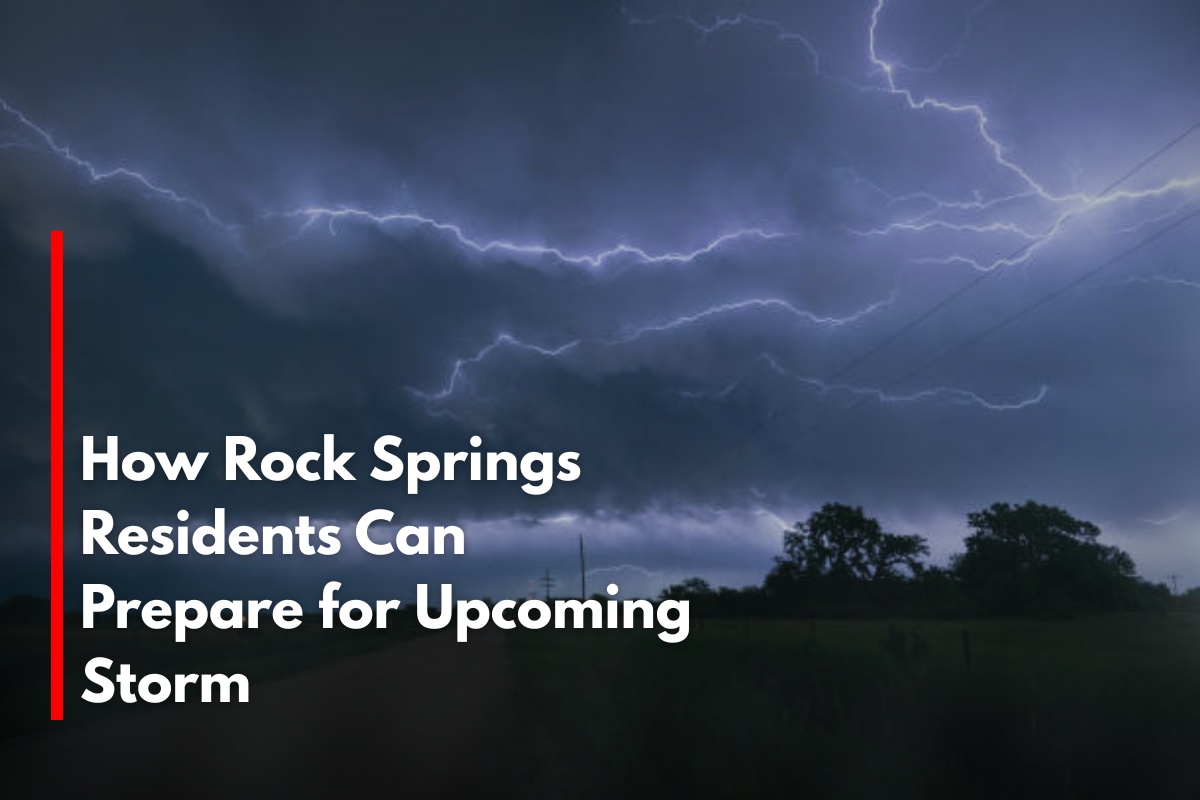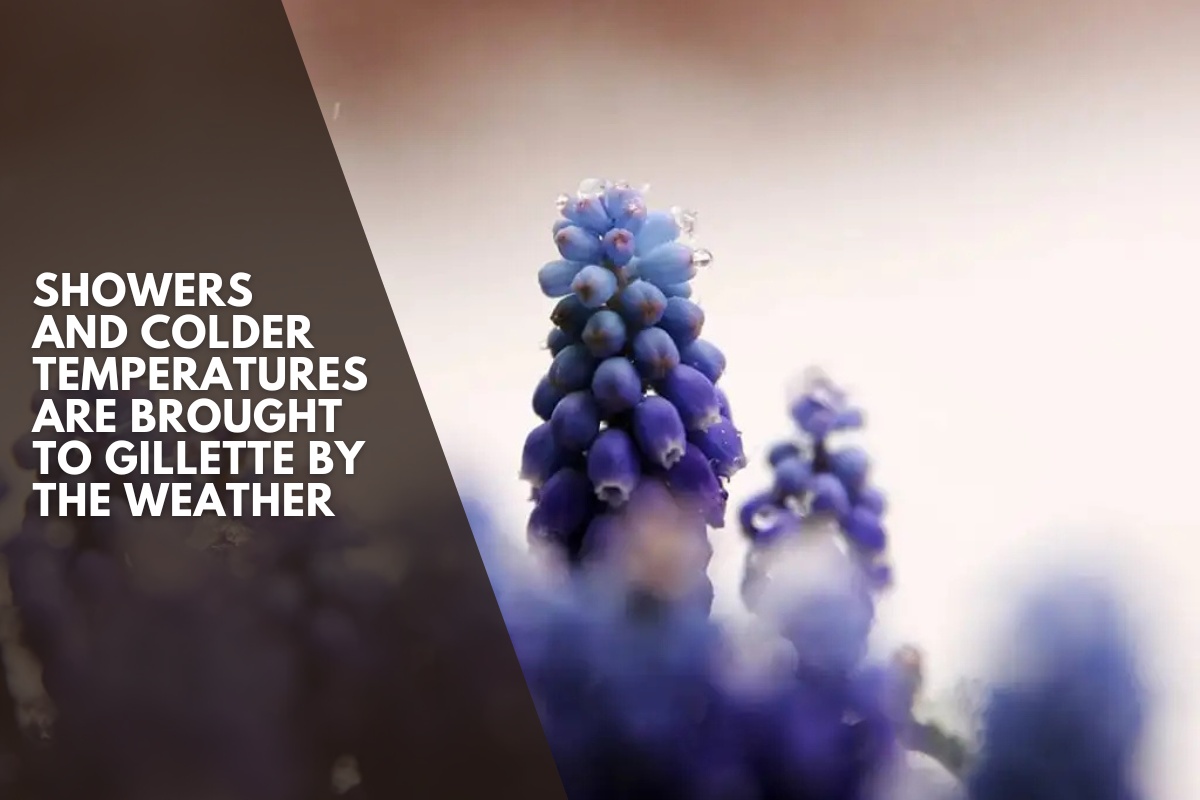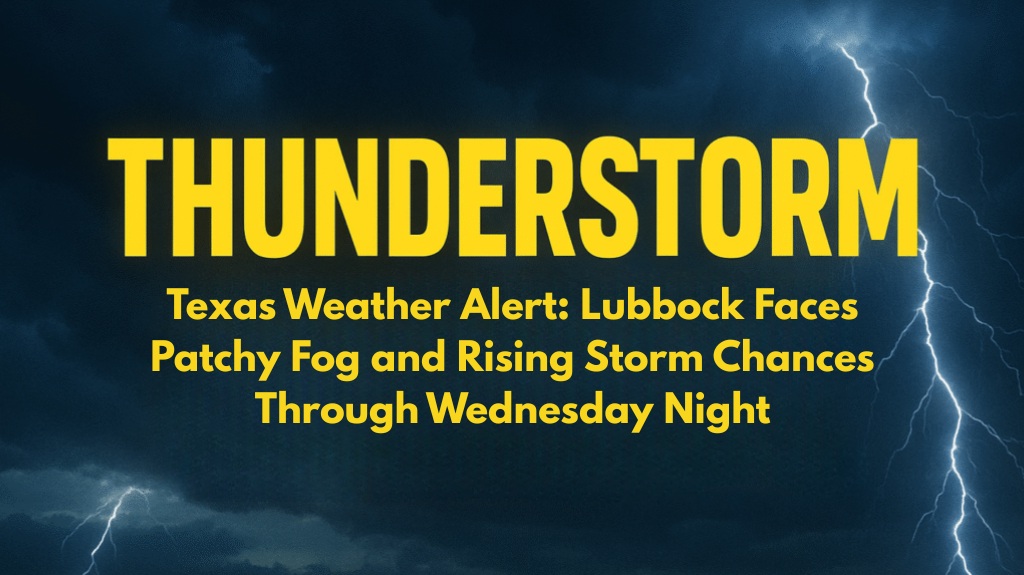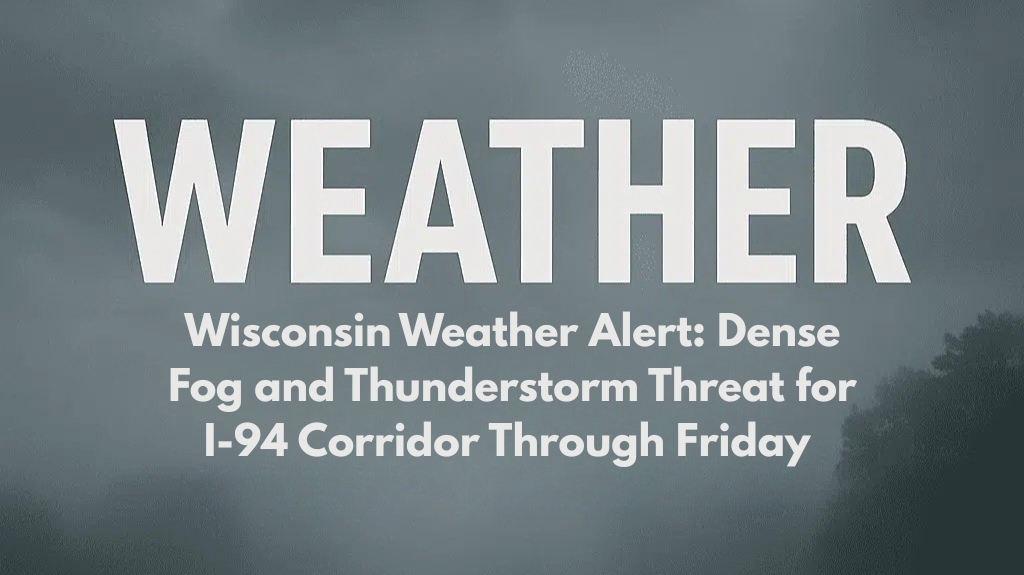Monsoon rains have brought dangerous weather to Utah, especially in the southern parts of the state. With heavy afternoon storms rolling in, flash floods are now a major concern. This warning is especially serious for those planning to hike, camp, or travel through canyons, dry riverbeds, and areas recently affected by wildfires.
Flash Flood Warning Across Southern Utah
Southern Utah is at high risk of flash floods this week due to monsoon moisture. Afternoon and evening thunderstorms can bring sudden, heavy rainfall. These fast-moving storms may cause dry creeks and canyons to flood within minutes. The National Weather Service (NWS) says the danger will continue through Thursday.
Flash floods are most likely in:
Slot canyons and narrow trails
Dry washes (areas that only fill with water during rain)
Burn scar regions, where past wildfires have left the land unable to soak up rain
Why Burn Scars Are a Bigger Risk
Burn scars left behind after wildfires make the land more likely to flood. The soil in these areas becomes hard and water-resistant, which means rainwater can’t seep in. Instead, it flows quickly downhill, picking up mud, rocks, and debris along the way. This creates fast-moving floodwaters that are dangerous and hard to predict.
Outdoor Safety Tips During Flash Flood Season
If you’re planning any outdoor activities, especially in southern Utah, be extremely cautious. Even if the skies are clear where you are, rain falling miles away can rush down through canyons and catch people off guard.
Here’s how to stay safe:
Avoid hiking in slot canyons during the afternoon and evening
Stay away from low-lying backcountry roads
Watch for changing weather and check forecasts before heading out
If you hear thunder or see dark clouds, move to higher ground immediately
Never try to drive through flooded roads or washes
When to Expect the Worst Weather
The most dangerous times for flash flooding are during the afternoon and early evening, when thunderstorms are at their strongest. The NWS says that while the risk may drop during other parts of the day, people should remain alert at all times.
Flash flood advisories will stay active through Thursday. Authorities may issue more updates depending on how the weather develops, so it’s important to check local alerts regularly.
What Makes Flash Floods So Dangerous
Unlike regular floods that build up over hours or days, flash floods happen quickly and without much warning. A dry canyon can turn into a raging river in minutes. That’s why it’s important to take every flood warning seriously—even short downpours can be deadly in these areas.

